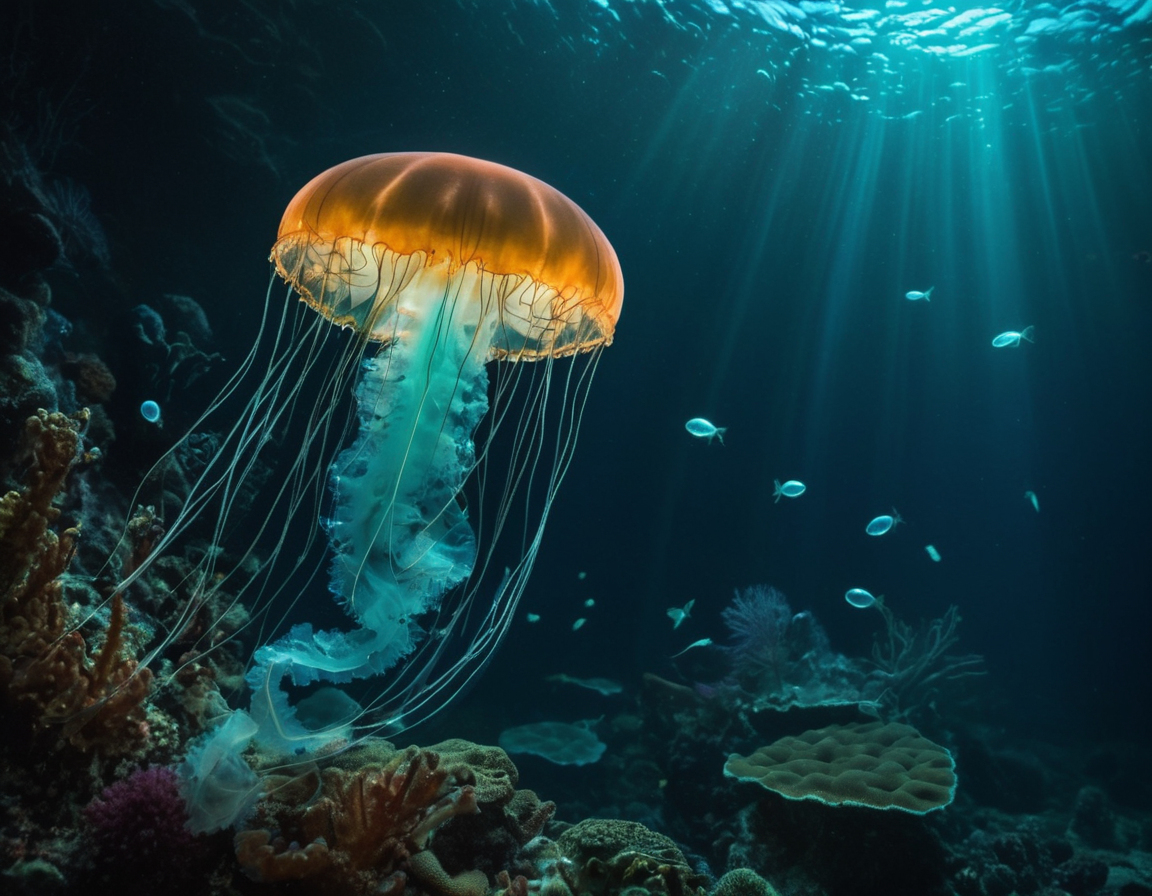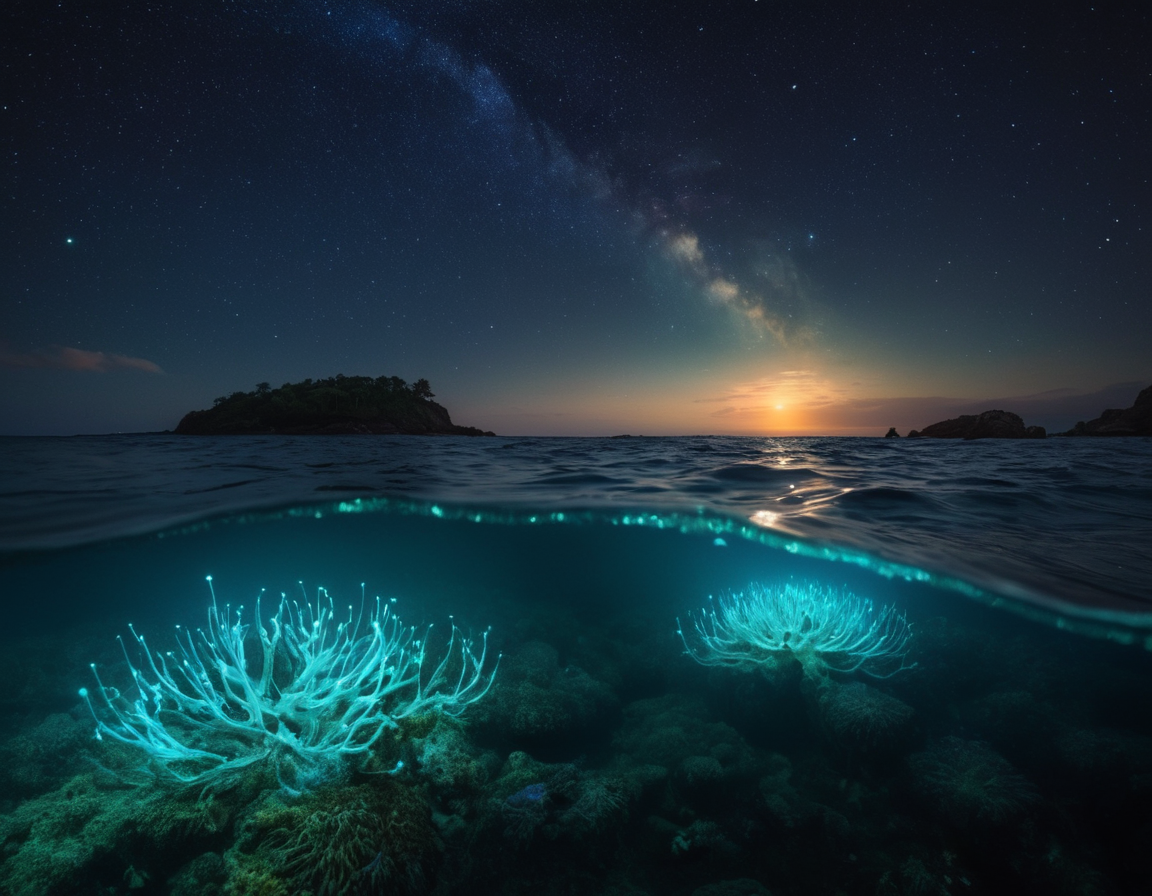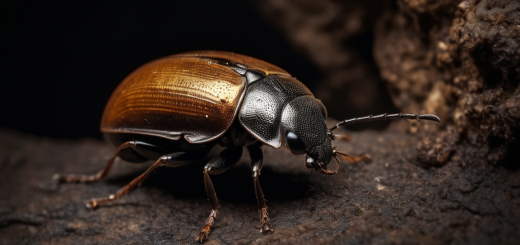Exploring the Mystique of Bioluminescence: Nature’s Own Nightlights
Bioluminescence: The Natural Wonder of Glowing Life Forms
Have you ever wondered how some organisms can light up the darkness with their own biological glow? This spellbinding phenomenon is known as bioluminescence, a form of chemiluminescence where light energy is released by a chemical reaction within an organism. In this blog post, we’ll delve into the fascinating world of bioluminescent creatures, exploring the science behind their glow, its various purposes, and where these illuminating organisms can be found in nature.
Understanding the Science of Bioluminescence
Bioluminescence occurs when organisms produce light through a chemical reaction. This process typically involves the molecule luciferin, the enzyme luciferase, oxygen, and sometimes, other cofactors. When luciferin is oxidized, light is produced. Interestingly, the color of the bioluminescence can differ depending on the organism and the specific chemical reaction that occurs.

The Diversity of Bioluminescent Organisms
The realm of bioluminescent species is incredibly diverse, ranging from marine life such as jellyfish, squid, and fish to terrestrial creatures like fireflies and certain fungi. Each organism’s use of bioluminescence is unique and has evolved to serve different functions such as predation, communication, and mating. In the deep sea, where sunlight cannot penetrate, bioluminescence is crucial for species survival.
Applications of Bioluminescence in Human Technology and Medicine
Humans have found ways to harness and emulate bioluminescence for various applications. Bioluminescent organisms are studied in genetic research, where their glowing genes are used as markers. Moreover, this phenomenon has created inspiration for innovations in sustainable lighting and medical diagnostics.
Experiencing Bioluminescence in the Natural World
Some of the most spectacular displays of bioluminescence can be seen in bodies of water during ‘bioluminescent blooms,’ where microorganisms like dinoflagellates light up the water’s surface. On land, one can witness the summer dance of fireflies, a charming and well-known example of terrestrial bioluminescence.

Conclusion
Bioluminescence is more than a stunning natural spectacle; it’s a glimpse into the ingenuity of life on Earth. By exploring the depths of this luminous phenomenon, we learn more about the inner workings of nature and uncover potential benefits for our society.
Experience the enchanting world of bioluminescence and let nature’s nightlights guide your curiosity!






